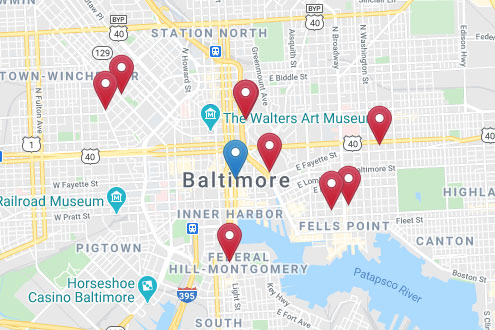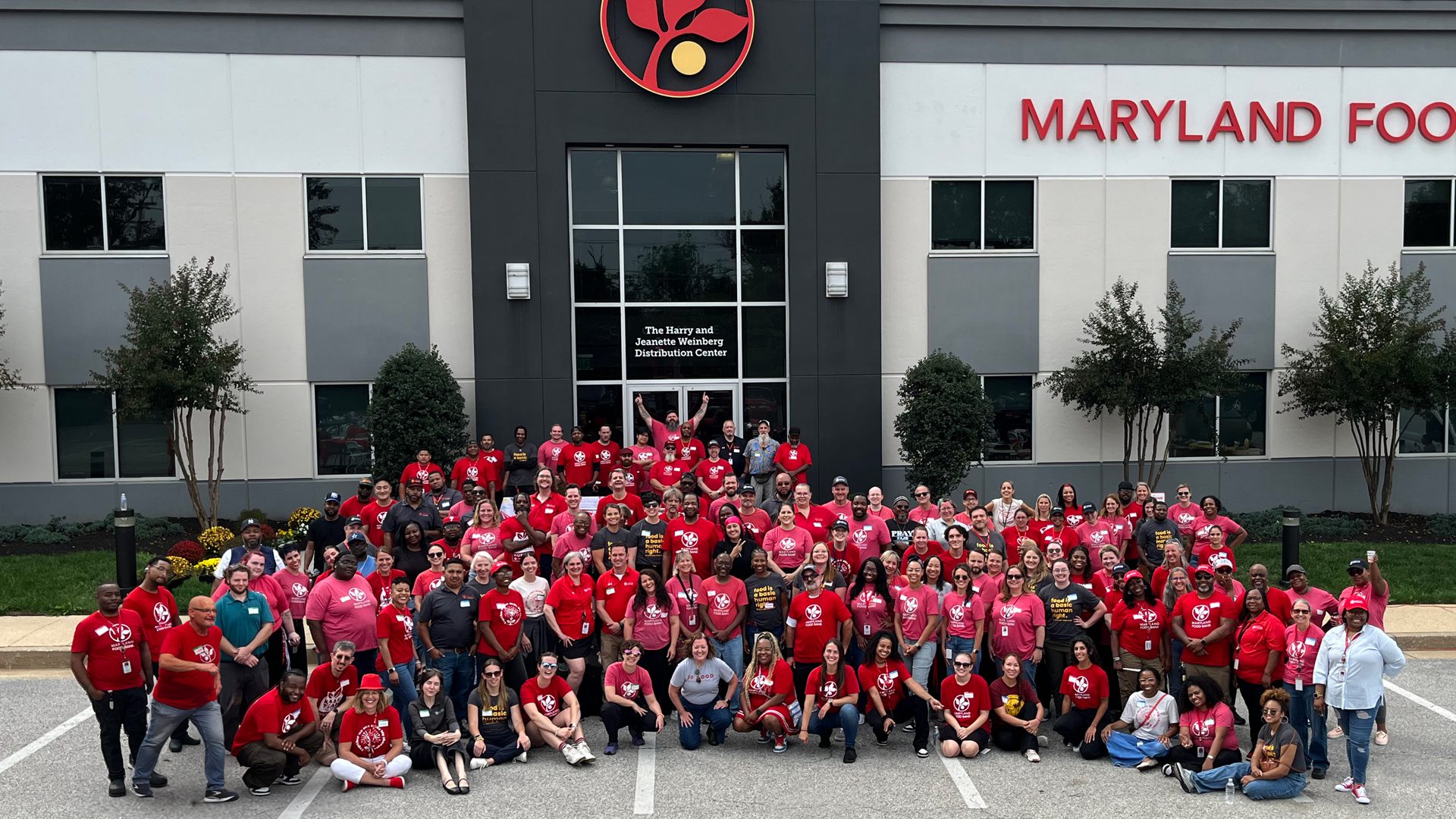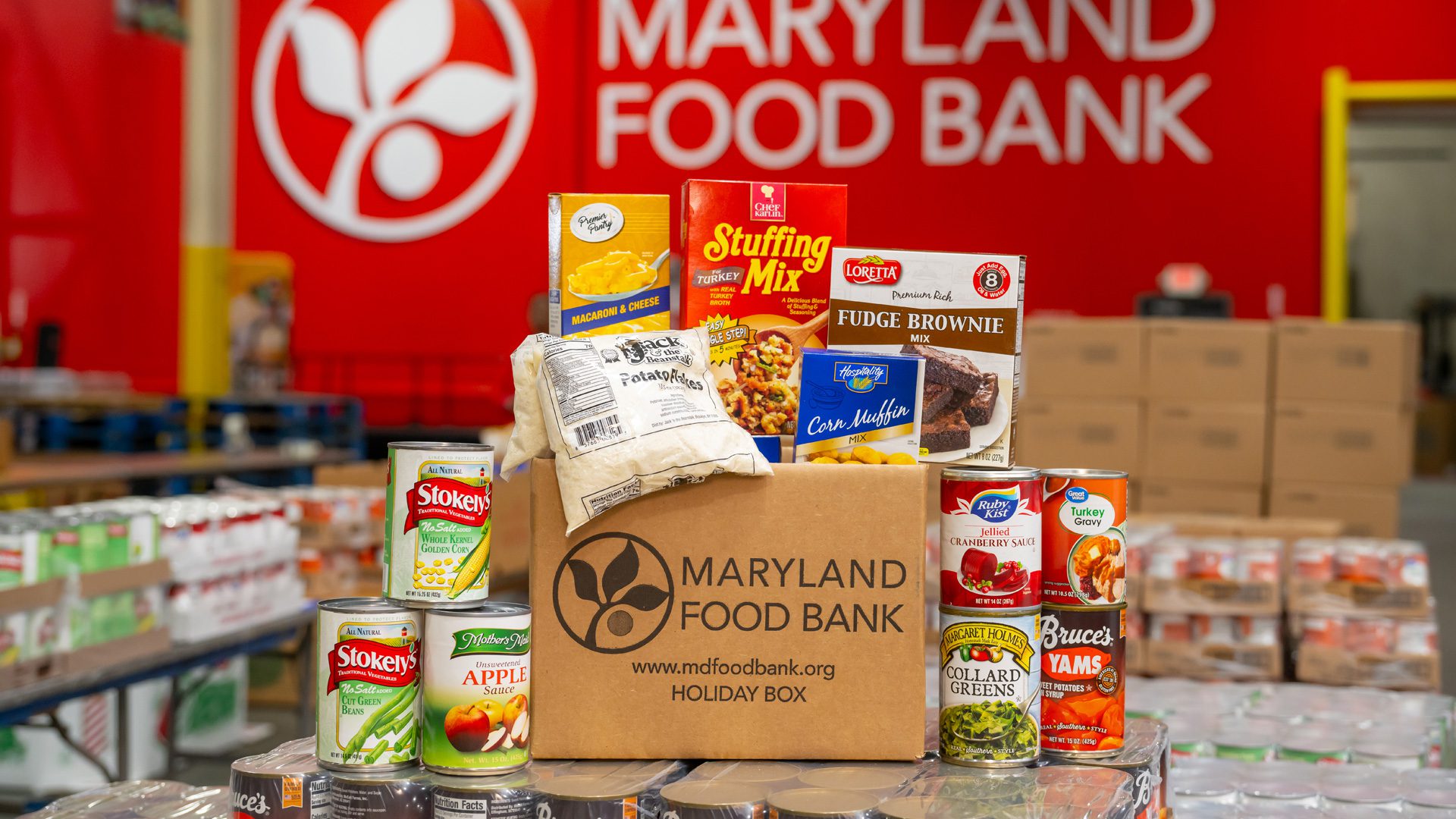Delivering Data Driven Hunger Solutions: Maryland Food Bank’s Mobile Market
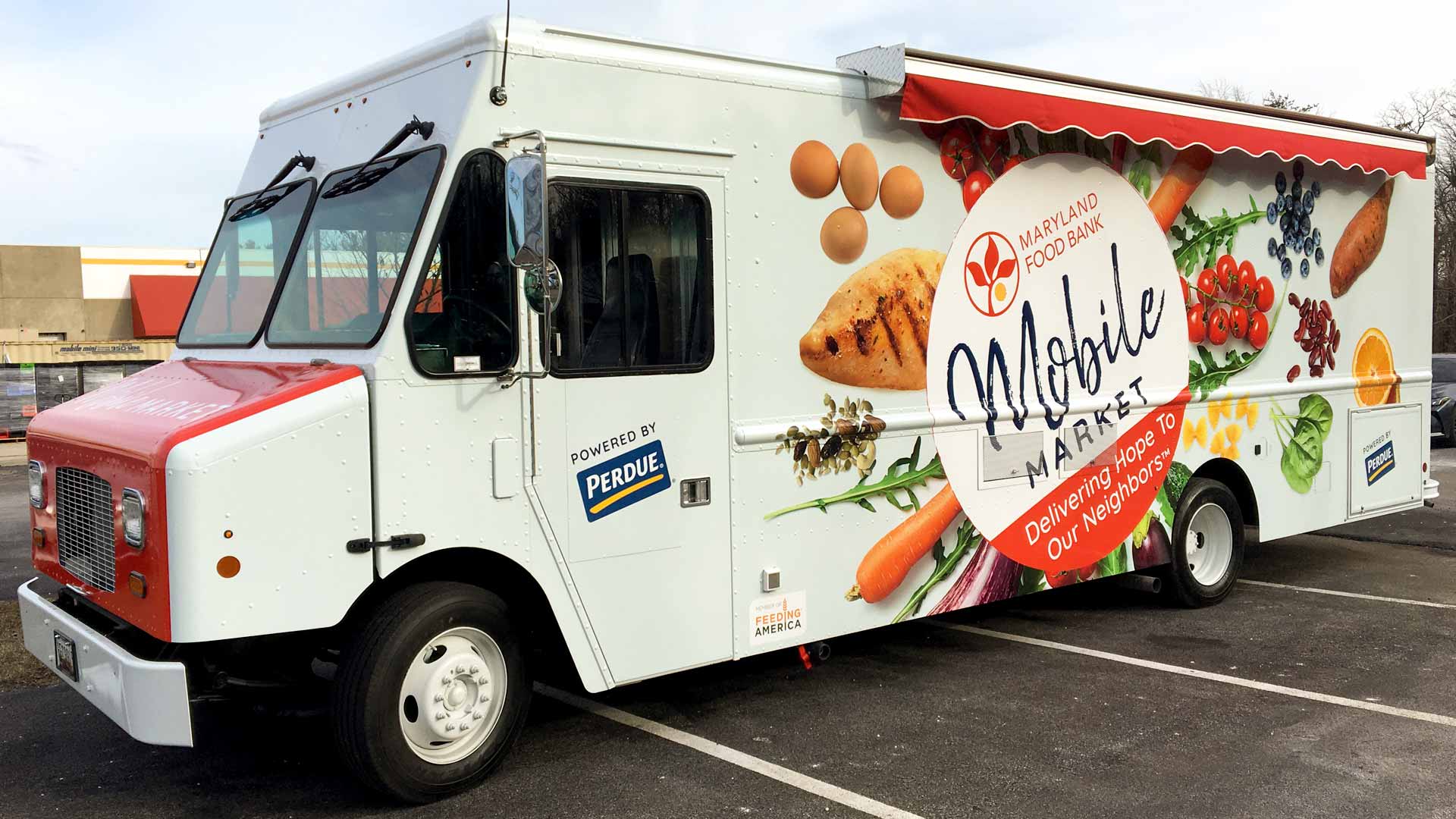
Earlier this week, the Maryland Food Bank was proud to team up with longtime supporter Perdue Farms to launch our Mobile Market, a 26-foot “on-the-go” supermarket that will not only supply food to residents on the Eastern Shore, but will provide access to wrap-around services that help address some of the root causes of hunger.
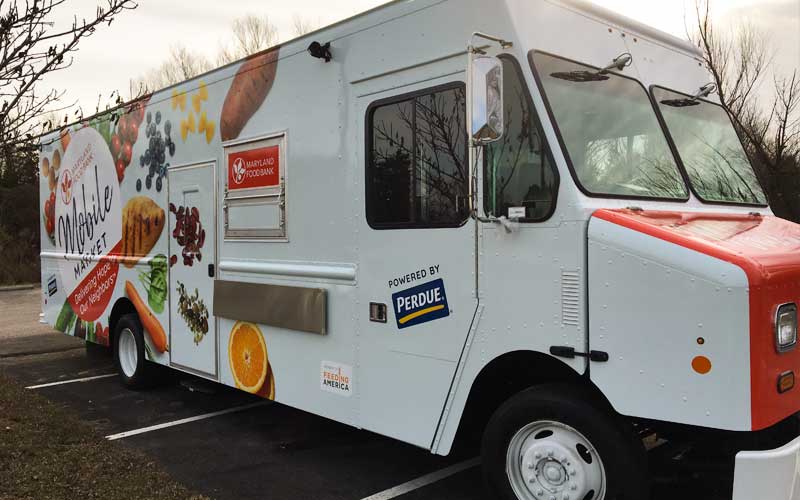
The Mobile Market will travel to communities in eight Eastern Shore counties — Caroline, Dorchester, Kent, Queen Anne’s, Somerset, Talbot, Wicomico and Worcester — that lack brick-and-mortar food assistance facilities and don’t have easy-to-access social services for their residents in need. These areas are home to hard-working households challenged by transportation and geography, families living along the water and on farmland that are miles from any grocery store, let alone a food pantry. With the help of the Market Mobile, we can now bring the store to them.
“The Maryland Hunger Map delivers on our promise to be a data-driven organization and is a real game-changer for us. For the first time in our history, we’re able to view hunger in each community, allowing us to maximize the impact of the support our donors so generously provide.”
So how are we determining where this innovative new resource will go? Jennifer Small, MFB’s regional program director on the Eastern Shore, and her team have been utilizing our Maryland Hunger Map (MHM), another tool that was officially rolled out to the public this month.
“I’ve been fighting hunger on the Eastern Shore for a decade and have never had access to tools with as much potential to affect change as the Maryland Hunger Map and the Mobile Market,” Small said.
Combining U.S. Census data with the United Way’s ALICE Report and other localized information, the Maryland Hunger Map offers a current and realistic picture of hunger in Maryland.
Whereas our previous focus was primarily on the residents who fell below the Federal Poverty Line (the traditional measure of food insecurity) the MHM includes the hard-working individuals and families who live just above the that line and struggle to afford some of their basic needs, including food.
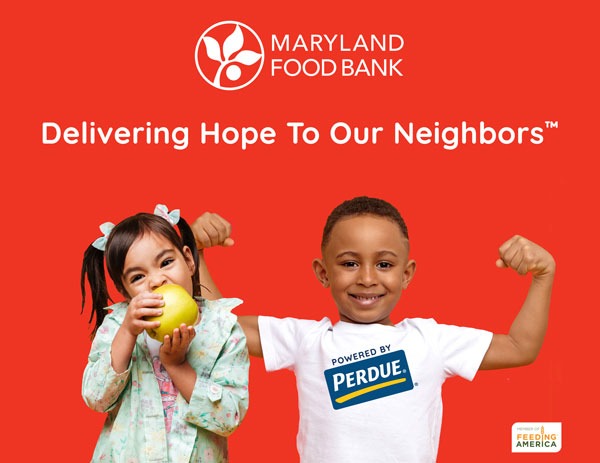
“The Maryland Hunger Map delivers on our promise to be a data-driven organization and is a real game-changer for us,” said Carmen Del Guercio, President & CEO of the Maryland Food Bank. “For the first time in our history, we’re able to view hunger in each community, allowing us to maximize the impact of the support our donors so generously provide,” he added.
Now that we have a more accurate and comprehensive understanding of what hunger really looks like in Maryland, we are using it to be more deliberate in our approach. We’re able to customize strategies in each of the areas we serve, identifying specific neighborhoods that require additional resources, and supplying them.
In the case of the Mobile Market, Small and her team narrowed down their focus to areas that are considered unserved and underserved, communities that had a high number of residents living both below the Federal Poverty level and just above that line — Marylanders who are working yet struggle to afford the very basic necessities of life in towns like Tilghman Island, Mardela Springs, and Sudlersville.
“Helping our neighbors in need in our communities, including here on the Eastern Shore and in our hometown, is at the core of our nearly 40-year partnership with the Maryland Food Bank. We are so proud to invest in their mission and the potential for the new Mobile Market.”
And just as the root causes of hunger vary from community to community, and county to county, so too will our solutions. While the Mobile Market may be the optimal solution for helping our hungry neighbors on the Eastern Shore, the Maryland Hunger Map shows that it will require different tactics in other parts of the state.
In Southern Maryland, one of our network partners — End Hunger in Calvert County — is using MHM data to do more for the clients they serve.
“The Maryland Hunger Map is an objective tool to evaluate hunger on a local level and has been very useful for us. The data not only helps us adjust our programming in response to the changing need, it more realistically illustrates the issue for prospective donors and grants.”
These new, innovative tools are just the latest in the food bank’s arsenal of hunger-fighting solutions, initiatives that will help expand our reach even further in an effort to feed people, strengthen communities, and end hunger for more Marylanders.
To learn what hunger looks like in your community, explore the Maryland Hunger Map. And check back from time to time to see the effect of community-based hunger solutions on Maryland as a whole.
Check out our Facebook album to see more.
Get updates on our progress in the fight against hunger
Want to see how your involvement directly impacts the well-being of your neighbors in need? Get the latest news sent to your inbox.


